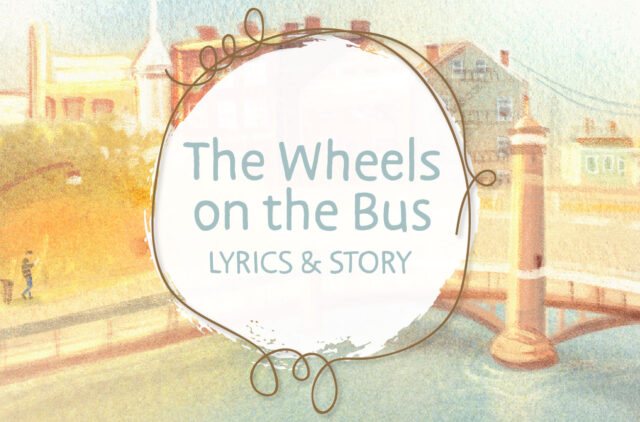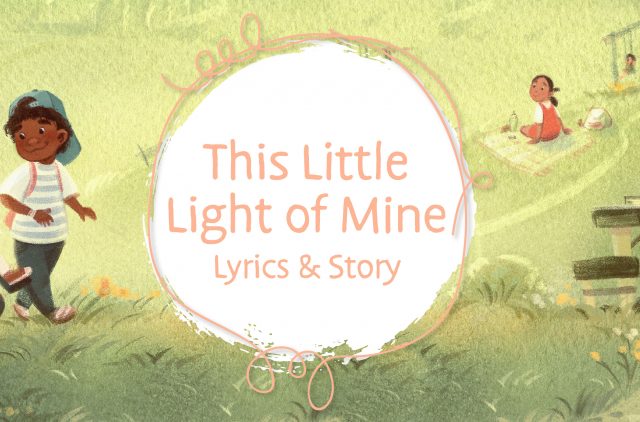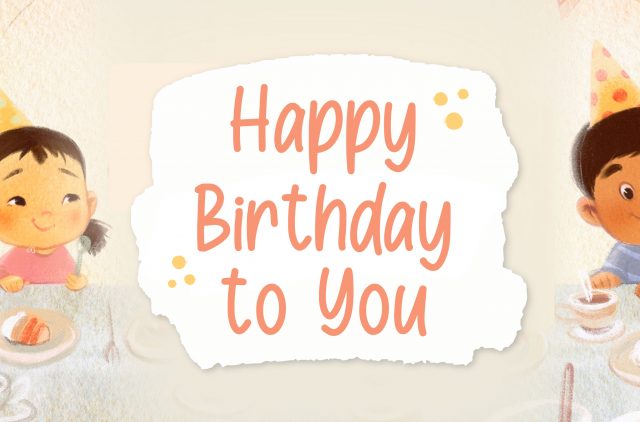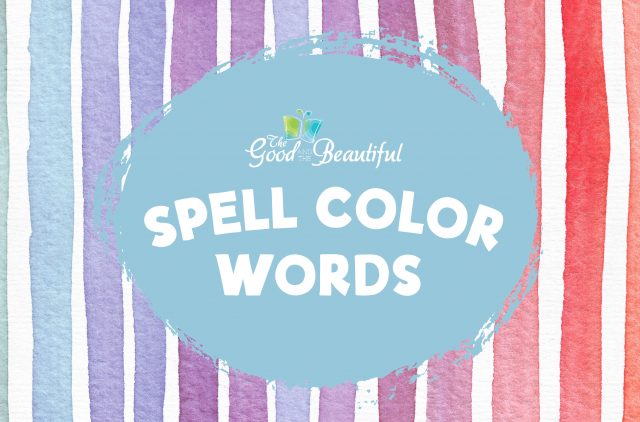Are you jumping into homeschooling mid-year and not sure how or where to start? Or are you switching from a different curriculum to The Good and the Beautiful mid-year? It definitely can feel overwhelming to leave what’s familiar and start something new in the middle of a school year. So, where do you begin? This short video will show you how!
Can I Start Homeschooling Mid-Year?
Yes! Homeschooling is a natural way of teaching and learning and can fit into any family’s lifestyle. It is very easy to begin homeschooling at any time of year. We created a step-by-step page to help each family choose the courses that best fit your family’s needs.
Keep reading this blog for more information about getting started mid-year and then visit our Get Started Homeschooling page for guidance in choosing courses.

Language Arts, Math, & Handwriting
To start homeschooling mid-year, you’ll need to decide your children’s levels for math and language arts. Math and language arts are the only core subjects taught at your child’s individual levels with The Good and the Beautiful curriculum. The other core subjects, science, and history are taught family style.
To find your children’s levels for language arts and math, just visit this page where you will find simple placement tests for both our Language Arts and Math courses, as well as reading levels.


So, if you start mid-year, how do you finish a whole math or language arts course book by the end of the year? Do you start from Lesson 1, or start partway through the book? Here are two suggestions:
- Start on Lesson 1 and just go through the book at a regular pace if it appears the child does not have the material mastered. It is okay not to finish a full course book by the end of the school year. It is better if there are no holes in the foundation of your child’s education.
- Another option is to start on Lesson 1 and complete more than one lesson a day. This is a good option if the child seems to have some of the material mastered, but not all of it. In this scenario, do the parts of each lesson you feel your child needs and skip the others. This can allow you to do two lessons.

We also suggest getting one of our handwriting books for each child. Our handwriting courses match public school grade levels or start on Level 3 for an introduction to cursive if the child is not familiar with cursive.
History and Science Homeschool Courses
Our history and science family-style lessons are ideal for starting homeschool mid-year.

- For science, choose any science unit study and complete just two lessons a week with your kindergarten through eighth-grade children.
After the 40- to 45-minute lesson, packed with fun activities and varied learning, your children in grades seven and eight will complete a 15-minute extension lesson that digs into a more complex science.
Most unit studies last one to two months, so you might want to grab two or more science units to finish out the school year.

- For history, simply purchase the History 1 course set and go through a family-style lesson twice each week. Again, there are lesson extensions for older children.
You don’t have to finish the whole history course by the end of the school year: just pick up where you ended the following school year.

Common Concerns of Homeschooling
Finding the time to homeschool can appear daunting, but don’t worry. We’ve compiled a simple video titled How to Organize a Homeschool Day to walk you through helpful tips and an approach to fit your unique family.
As a general rule, know that homeschooling can fit around your schedule, even for those who are working parents! Some families homeschool year-round and take larger breaks at various times. Others stick to the traditional September through May or June schedule because it’s what works best for them. Weekends or evenings can also be used for schoolwork. It’s up to you!
We’ve developed sample schedules and a video dedicated specifically to this topic.

Socializing is a popular concern for many new homeschool families, especially if starting to homeschool mid-year! There are many opportunities for children to spend time with their peers and those of all ages.
Look into homeschool co-ops, community sports and music groups, art classes, and so on. Do a search online for a group or activities near you. There are tons of ways to connect with other homeschoolers in your area, and with the rapid growth of homeschooling, choices and opportunities are increasing every day!

Lastly, let’s talk about space. One of the biggest pitfalls new families can fall into is thinking they need to replicate a public school classroom at home. You don’t need a dedicated homeschool room to be successful!
Our founder, Jenny Phillips, does not have a homeschool room. She homeschools her children around the kitchen table, on the couch, on the lawn, or even at the park. For some families, a separate room may work, and for others, the kitchen table is the perfect place for lessons! Many of our customers utilize a roll-away cart, small closet, or bookshelf to hold their supplies.

Homeschool Help
We will help you every step of the way on your brave new journey to start homeschooling or begin using a new curriculum! We have many resources on this blog and our website, including hundreds of FAQs! The Good and the Beautiful customer support team is always happy to help as well. They can be reached at [email protected].
We are excited for you to join The Good and the Beautiful homeschooling family and can’t wait for you and your family to dive into good and beautiful learning!
You may also like…













Comments